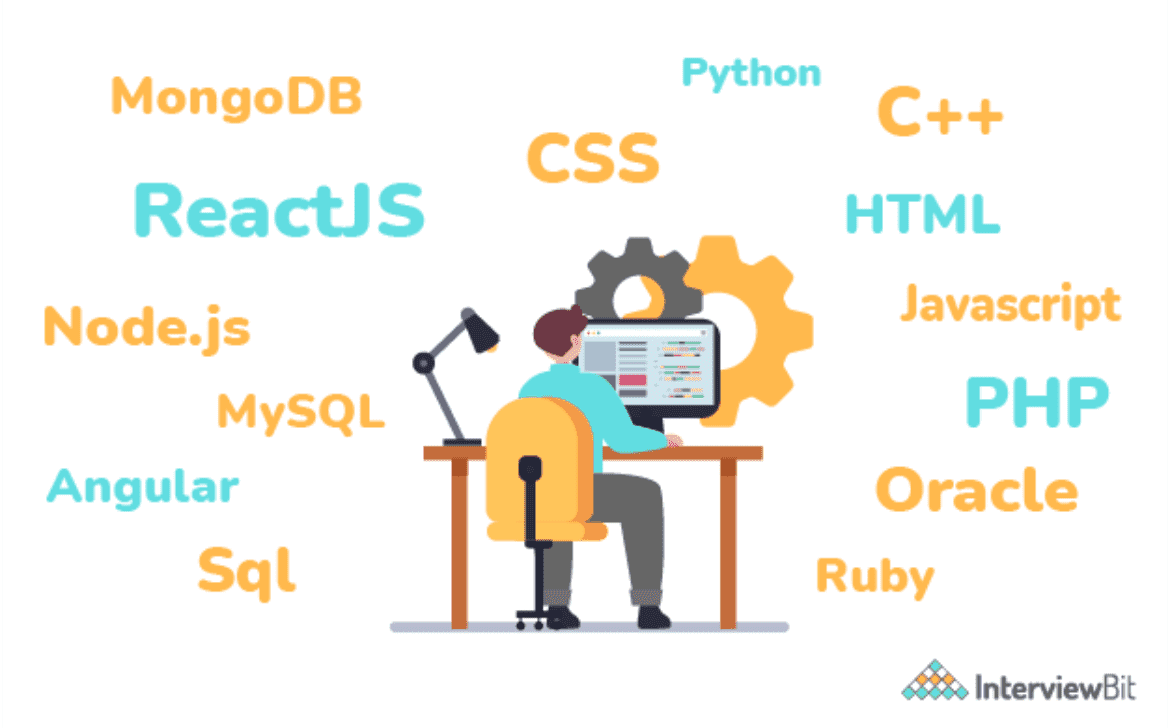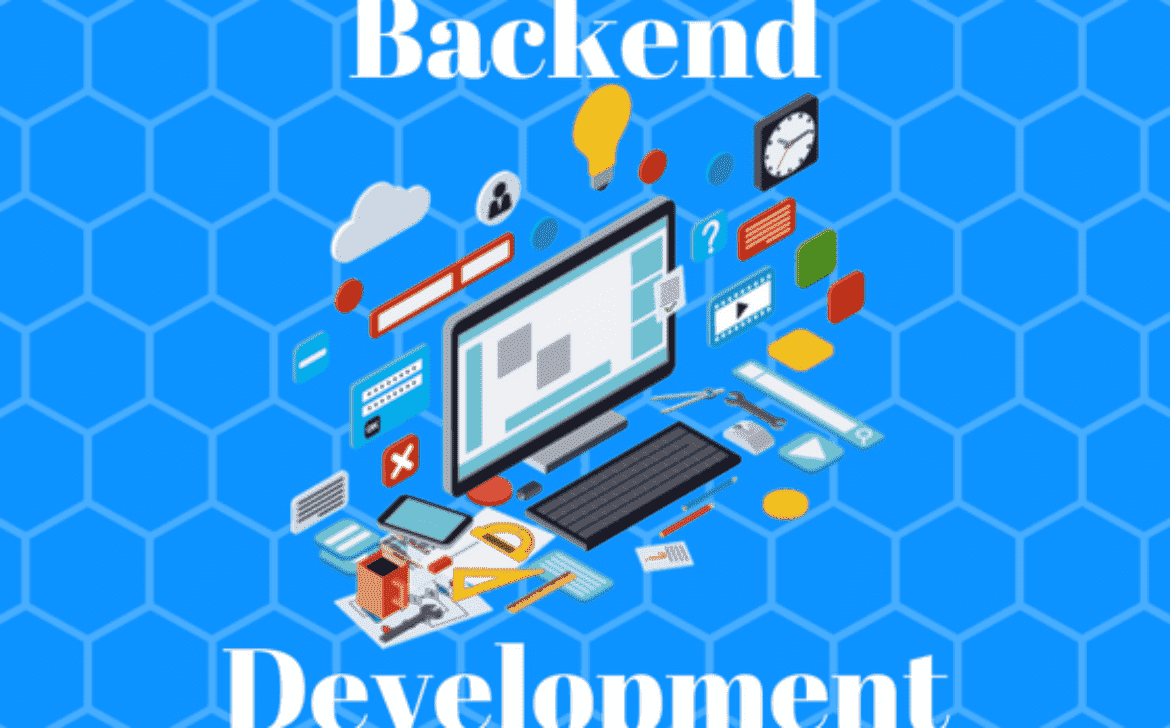Nurturing Digital Trust: The Foundation of Modern Relationships

In an era defined by digital connectivity, trust has emerged as the cornerstone of our online interactions. The concept of digital trust goes beyond transactions and extends to the relationships we form in the virtual world. Let’s explore the significance of digital trust and its role in shaping our digital experiences.

Understanding Digital Trust
Digital trust refers to the confidence and assurance individuals have in the security, reliability, and authenticity of digital interactions. This encompasses everything from sharing personal information online to conducting financial transactions. Establishing and maintaining digital trust is vital for fostering positive online relationships.
The Role of Cybersecurity
Cybersecurity plays a pivotal role in building and maintaining digital trust. Secure online environments protect sensitive data from breaches, fraud, and unauthorized access. Robust security measures, such as encryption and multi-factor authentication, demonstrate a commitment to user protection and enhance trust in digital platforms.
Transparency and Data Protection
Transparency is key to cultivating digital trust. Organizations that are transparent about their data practices, privacy policies, and how user information is handled contribute to a sense of control and confidence among their users. Effective data protection measures not only comply with regulations but also prioritize user privacy.
Evolving Customer Expectations
As digital interactions become more integrated into our lives, customer expectations are evolving. Individuals demand personalized experiences that respect their privacy and security. Businesses that prioritize transparency, data protection, and ethical use of data gain a competitive edge in winning customer loyalty.
Challenges and Mitigation
Digital trust is not without challenges. The rise of cyberattacks, data breaches, and online scams erode trust and create skepticism. However, proactive cybersecurity measures, education, and accountability can mitigate these risks and help restore confidence in the digital realm.
Empowering Individuals
Nurturing digital trust is a shared responsibility. Individuals can take steps to protect themselves, such as using strong passwords, being cautious with sharing personal information, and staying informed about cybersecurity best practices. Empowered users contribute to a safer digital ecosystem.
The Future of Digital Trust
The future of digital trust is intertwined with technological advancements. As emerging technologies like blockchain and artificial intelligence evolve, new opportunities to enhance security, privacy, and authenticity will arise. Digital trust will continue to shape the digital landscape, driving innovation and building stronger connections.










